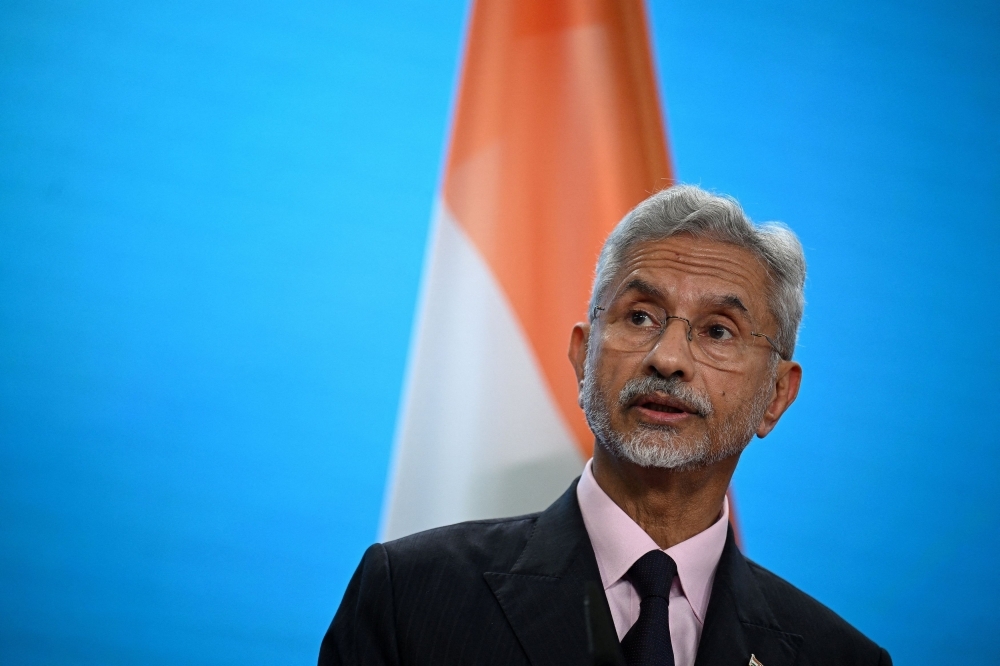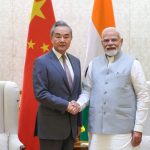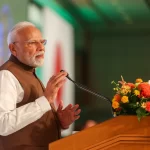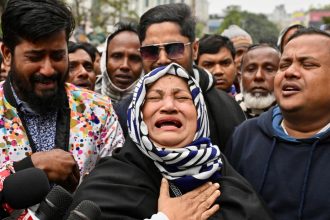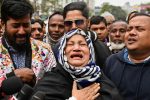In a moment that symbolizes a cautious but meaningful step forward, Indian Prime Minister Narendra Modi is expected to meet Chinese President Xi Jinping this Sunday in Beijing. This meeting comes after years of tense silence and fraught exchanges between the two Asian giants, marked most notably by a deadly border clash in 2020. The dialogue is set against a broader geopolitical canvas—where rising global tensions and trade barriers, especially from the United States under former President Trump, have forced old rivals to reconsider their positions.
Modi’s visit to China is his first in seven years. He’s there to attend the Shanghai Cooperation Organisation (SCO) summit, which includes key players like Russia and Iran. More significantly, it’s his first time in China since that tragic night in the Galwan Valley.
From Bloodshed to Diplomacy: A Timeline of Change
June 2020
A brutal hand-to-hand fight in Ladakh’s Galwan Valley left at least 20 Indian and four Chinese soldiers dead. That single moment reshaped Indo-China relations overnight. In response, India ramped up its scrutiny of Chinese investments, banned dozens of Chinese apps, and suspended direct flights.
December 2020
Minor scuffles erupted again, this time in Arunachal Pradesh—an area claimed by both nations. Trust remained shattered.
August 2023
A turning point. Modi and Xi met face-to-face in Johannesburg during the BRICS summit. They agreed to start disengaging and de-escalating tensions. A sliver of hope appeared.
September 2024
Foreign Minister S. Jaishankar stated that nearly 75% of border disengagement was resolved. India’s aviation ministry hinted at a potential resumption of direct flights between the two nations—a step toward normalcy.
October 2024
The first formal talks in five years between Modi and Xi took place in Russia. They agreed to enhance communication and avoid further conflict.
December 2024
India’s NSA Ajit Doval met with Chinese Foreign Minister Wang Yi to advance border discussions. They were both appointed as special representatives, tasked with resolving the long-standing dispute.
January 2025
Diplomatic engagement deepened as India’s Foreign Secretary Vikram Misri met Wang in China. They agreed to resume air connectivity and discuss trade issues more openly.
April 2025
The Chinese embassy made a rare public statement, urging unity between India and China against external economic pressures, particularly U.S. tariffs.
July 2025
Jaishankar made his first trip to China in five years. He stressed that border issues must be resolved, and protectionist policies on both sides should be avoided to pave the way for improved trade.
August 2025
In a notable shift, China’s Foreign Minister Wang Yi told Indian leaders that both nations should see each other as strategic partners, not competitors. Later, China’s ambassador to India openly criticized U.S. tariffs and pledged to support India.
What began as a tragedy in the icy terrain of the Himalayas may now be evolving into a quiet diplomatic reset. The road ahead remains uncertain, but the willingness to talk—to meet, face-to-face—is a reminder that even after conflict, nations can choose dialogue.
